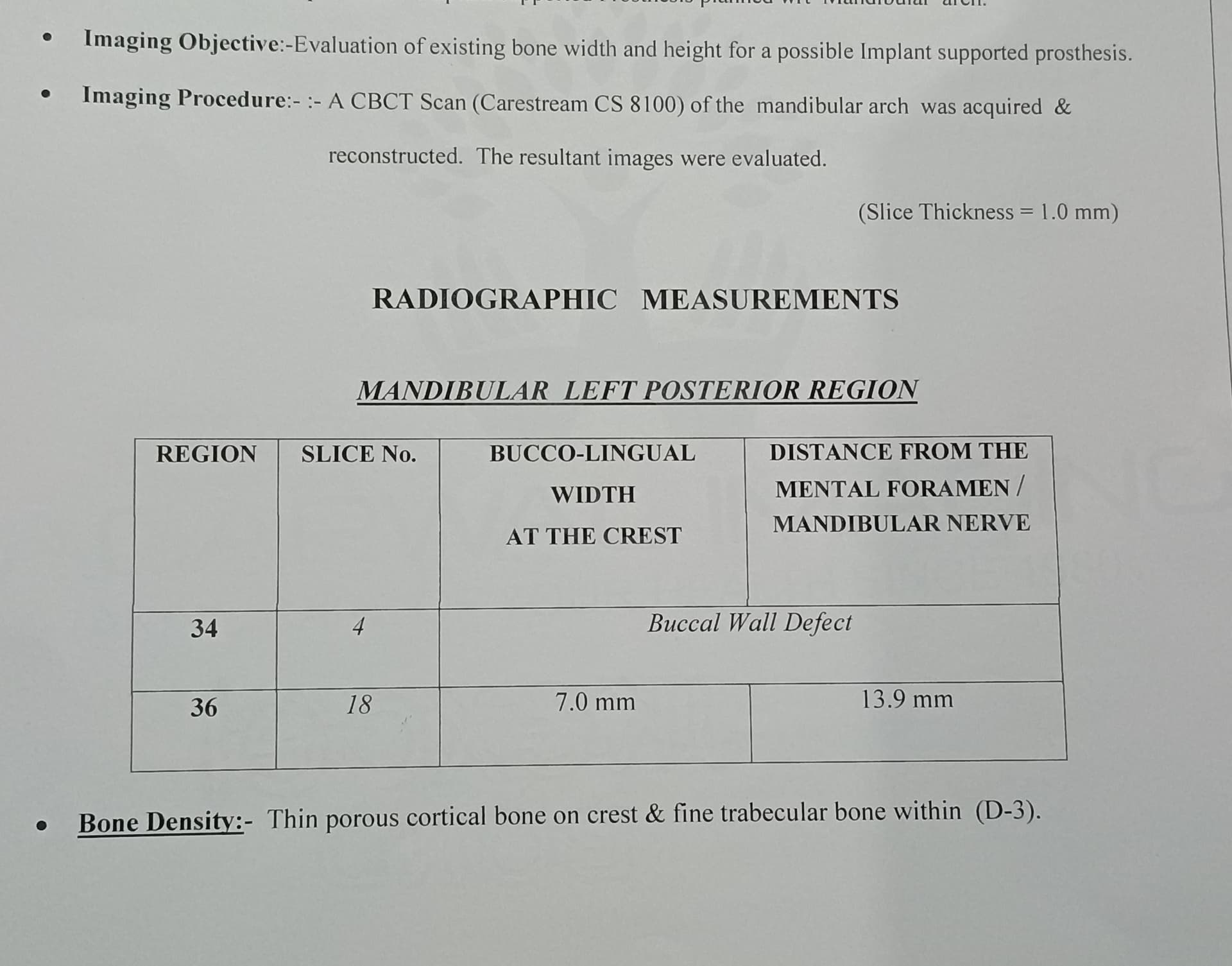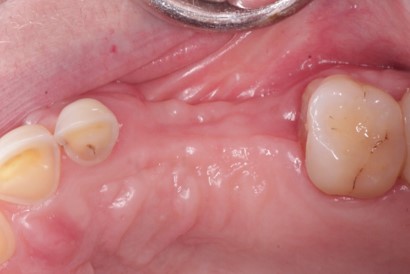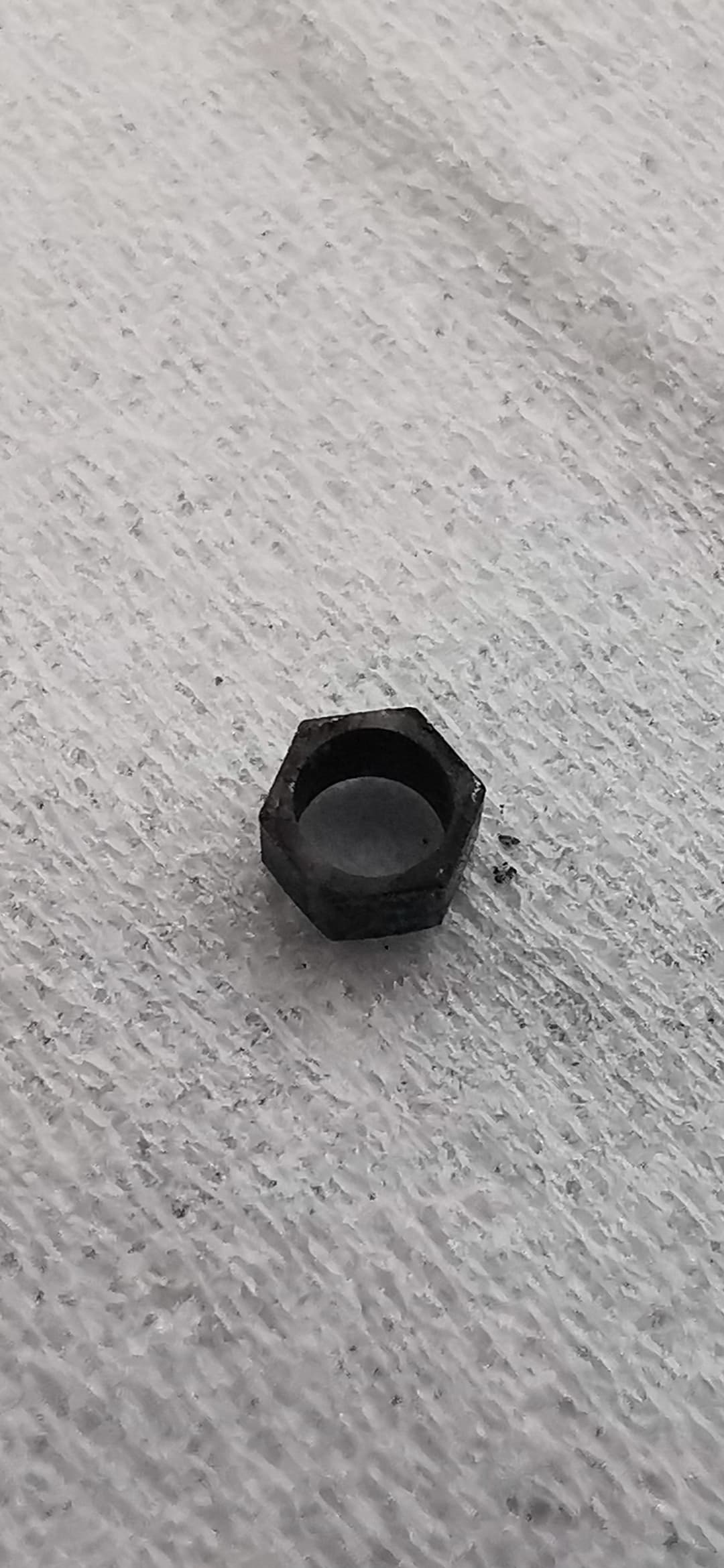Timeline for Implant Placement: Do I Need to Wait for Complete Healing of the Site?
Dr. B. asks:
I have a middle-age female patient who had her #7 [maxillary left central incisor] extracted one week ago by another dentist. The extraction was basically atraumatic and went well. The alveolar ridge and buccal plate are intact and the area is healing well. She wants me to place an implant and crown as soon as possible. Can I place the implant now or do I have to wait 2-4 months for complete healing of the site? I will be placing a Nobel Biocare Replace tapered 3.5 x 10 mm and then I will then place a temporary abutment and temporary crown. What is the best possible treatment plan here?
9 Comments on Timeline for Implant Placement: Do I Need to Wait for Complete Healing of the Site?
New comments are currently closed for this post.
Peter Fairbairn
11/30/2009
If no acute infection or no buccal defect ( if so must graft) place NOW in 2-4 months you will have a big concavity to deal with , up to 50 % of the palato-buccal with can be lost , 50% of that in the first month (Tarnow and Small). As for iimmediate loading beware of protrusive movements ,as this is a referral case to you be careful with taking risks (immediate load).
Peter
dr Michal Fidecki
12/1/2009
Don't you think, that 3,5x10 is too small for central incisor and immediate loading?
regards
Michal
Ghassan
12/1/2009
Iagree with Michal and suggest to wait 4 months at least
Dr. D. Stall
12/1/2009
Do it now, if no infection, but use a longer implant. I had a similar situation with a new patient having had #4 removed 3 weeks prior to coming to my office. I did the implant the next week. I took the transfer impression today. Just do it.
dr rabbani
12/4/2009
well its better to do it now but use slightly wider diameter implant as central incisor leaves a wide socket.make your prosthesis in occlusal relief so no masticatory loads can alter the healing.good luck
dr kurien varghese
12/5/2009
use wider implants and if there is no peri apical infection you can place implants now
David Levitt
12/6/2009
I assume you mean #7 LATERAL incisor. First use a longer implant. Second do not do the procedure if there was any chronic infection around the extracted tooth as the mature thrombus at 14 days is a wonderful culture medium and you most likely have quite a bacteremia in the area. Why didn't you just place the implant at time of extraction?
Dr Sumeet Sherwani
7/17/2010
I would reckon to do it now. I have been using an IMplant called BCS(BI COTICAL SCREW) by IHDE DENTAL, it gives good initial stability. I have used BCS Implants with length of 17mm in cases of immediate extraction in lower anteriors. Its one piece implant,so you can give crown the same day. Keep the crown out of occlusion for atleast 3 months, then give permanant functional crown
Barry Hoffman, Prosthodon
7/23/2010
Dr. B,
Your basic problem is not early loading vs. delayed loading. The universal question you are asking is "When is my implant stable enough to start loading"? No two situations are ever equal. We deal with many variables such as: cortical bone thickness, D-1 thru D-4 bone density, thread design on the implant, bone stress at time of surgical injury, grafting issues, implant diameter/length, implant placement depth, and on and on and on....
The gold standard of waiting 3 months in the mandible and 6 months in the maxilla seems to be overly conservative from recent research. Implant stability at time of placement is greater than it is 4 weeks post surgery. So how do you know when it is safe to restore, whether with a temporary or permanent restoration? Torque testing the implant used to be a measure for decision making. However, if you torque tested the implant too soon, you ran the risk of creating a "spinner" and immediate failure if the integration process hadn't created sufficient resistance for the test.
Today, there are non-invasive methods for determining implant stability. Osstell is a company that makes an Implant Stability Analyzer. Through the process of magnetic resonance, the system determines an implants stability at any phase of the process after insertion. It will give an objective measure for when restoration may safely be considered. The systems results also provide uniformity between implants in the same patient and between patients. Non-invasive systems such as this will eventually become the standard of care for determining when to restore an implant. Ideally, it will be used by the surgeon at the time of implant placement and later, prior to recommending to the restorative dentist on when to proceed.
Take the guess work out of it. Use a documented non-destructive device for implant stability determination and sleep comfortably at night.


















